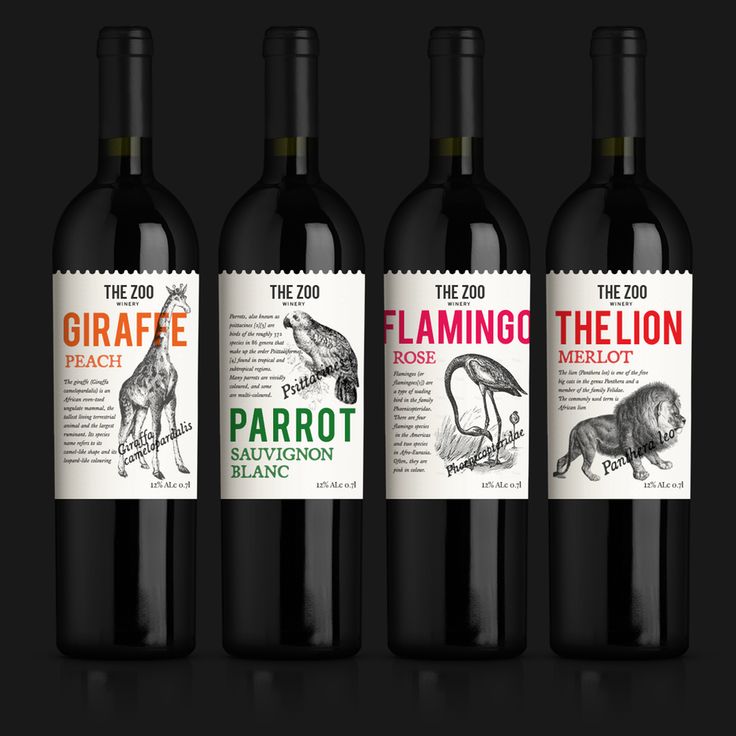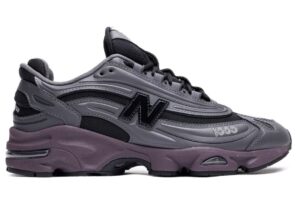In the world of wine, tradition and prestige often dominate marketing narratives. Vineyards proudly showcase their châteaux, heritage, and centuries-old techniques. Yet, in stark contrast, some bottles sport skittish labels featuring frogs, kangaroos, or cats. This phenomenon, once dismissed as a gimmick, has evolved into a fascinating signal about a wine’s price point and intended audience.
How did animals come to grace wine labels? Why do they often appear on lower-priced bottles? And what does this choice tell us about the psychological games wineries play to capture the attention (and wallets) of consumers?
The Historical Roots of Wine Labeling
Wine labels, in their earliest form, served practical purposes: to indicate the maker, region, and type of wine. In Europe, strict appellation laws reinforced the use of elegant, text-heavy labels that communicated legitimacy and control over the wine-making process. A Bordeaux grand cru label might be almost purely typographical, with a formal crest, signifying tradition and exclusivity.
However, in the late 20th century, particularly in New World wine regions like California, Australia, and Chile, there was a dramatic shift. Producers sought to reach broader markets, including casual wine drinkers less concerned with technical details and more driven by approachable, fun branding.
Animals offered an casually intriguing solution. Instantly recognizable, non-threatening, and often charming, they created a bridge between the intimidating world of wine connoisseurs and the average consumer looking for a bottle for dinner.
The Rise of “Critter Labels” in the Global Market
The term “critter label” refers to bottles that use animals—either realistic or cartoonish—as the centerpiece of their design. This trend exploded in the early 2000s, catalyzed by the success of Yellow Tail, an Australian brand that featured a bright orange kangaroo on its label.
Yellow Tail’s meteoric rise was no accident. By deliberately eschewing old-world seriousness, it appealed to novice wine drinkers in the US and beyond. The brand became synonymous with affordable, easy-drinking wine. Other wineries quickly followed, releasing bottles adorned with penguins, geckos, owls, and more.
Studies by marketing researchers at Sonoma State University have shown that the presence of an animal on the label is strongly correlated with lower price points, generally under $12 per bottle. Consumers unconsciously associate animal imagery with fun, accessible, and inexpensive wine—perfect for casual gatherings rather than cellar aging.
The Psychology of Animal Imagery
From a psychological perspective, animals elicit emotional responses rooted in human evolutionary history. Friendly or familiar animals evoke warmth and comfort. A bear might suggest ruggedness and boldness; a fox might hint at cleverness or intrigue.
In branding, these emotional triggers can break down barriers to purchase. While traditional wine labels can appear intimidating, often requiring knowledge of regions and varietals, animal labels say, “You don’t have to be an expert to enjoy this wine.”
A 2018 study published in the Journal of Wine Economics explored how label design affects willingness to pay. Participants were shown identical wines with different labels: one with a château image, one with an abstract design, and one with an animal. The wine with the château commanded the highest expected price, while the animal label consistently signaled a budget-friendly price—even when participants knew the contents were the same.
Market Segmentation: Targeting the Casual Consumer
Animal labels are a clear marker of market segmentation. Traditional wine connoisseurs, who value terroir and heritage, are unlikely to be swayed by a cheeky cartoon owl. But for the vast segment of casual drinkers who buy wine at supermarkets or chain stores, animal labels offer a clear, approachable choice.
This segmentation is essential to understand pricing strategies. By positioning themselves as accessible and fun, wines with animal labels compete primarily on volume rather than margin. They often rely on impulse purchases and broad distribution, rather than exclusivity and prestige.
The price prediction, therefore, becomes intuitive: when you see an animal on the label, chances are the bottle is affordable and intended for immediate enjoyment.
Exceptions to the Rule: When Animals Go Premium
While the general association between animals and lower price points is strong, there are notable exceptions. Some boutique wineries have cleverly subverted expectations by using animal motifs to market premium wines.
For example, South Africa’s Mulderbosch features a fish motif but produces wines that retail well above typical critter-label prices. Similarly, France’s Château Pape Clément uses a dove in its logo, yet remains a highly regarded (and expensive) Bordeaux producer.
These exceptions rely on nuanced design choices. The use of classic fonts, subdued colors, and sophisticated illustrations can elevate an animal motif to signal luxury rather than playfulness. Such bottles rely on the buyer’s knowledge and often target an audience attuned to irony and brand storytelling.
Culture
It’s also important to note cultural differences in how animal imagery is perceived. In Asia, for example, certain animals carry strong symbolic meanings. A crane can represent longevity and good fortune; a dragon can signify power and excellence.
As wine consumption grows in non-Western markets, wineries have begun to adjust their designs to align with local cultural values rather than relying solely on Western associations of animals with fun and accessibility.
For instance, premium wines in China might use stylized dragons or tigers not to imply affordability but to highlight prestige and luck. In this context, an animal label might actually suggest a higher price point, defying the trend observed in Western markets.
The Economics of Branding: Cost vs. Perception
Wineries that use animal labels benefit from lower marketing costs in some ways. They don’t need to invest as heavily in heritage storytelling or vineyard prestige. Instead, they focus on mass appeal, colorful shelf presence, and playful marketing campaigns.
However, this approach also limits price ceilings. Once a brand becomes associated with “critter wine,” it can be difficult to transition into higher price segments. Consumers are resistant to paying premium prices for a bottle they perceive as casual or mass-market.
Some brands attempt to overcome this by creating sub-labels or introducing premium lines with different designs. Yet, the imprint of that first impression—often dictated by the animal on the label—can be hard to shake.
The Future of Animal Labels
As consumer preferences evolve, so too do branding strategies. The global trend toward natural wines and sustainability has opened new opportunities for animal imagery, often used to signal environmental consciousness rather than price point. A label featuring a bee might emphasize organic farming practices or biodiversity efforts.
Millennial and Gen Z consumers, who value authenticity and purpose-driven brands, might reinterpret animal motifs as signals of ethical commitment rather than affordability alone. This subtle shift could gradually change the price predictability currently associated with animal labels.
Nonetheless, for the foreseeable future, the presence of an animal on a wine label will continue to be a reliable indicator of accessibility in most mainstream markets.
Impression
An animal on a wine label is more than a decorative choice; it’s a powerful signal that shapes consumer expectations around price, quality, and experience.
By tapping into psychological comfort, challenging traditional elitism, and catering to casual drinkers, animal-themed labels have carved out a distinct niche in the wine industry. For many consumers, these bottles represent a low-risk, fun entry into the world of wine.
So, next time you browse the wine aisle, take a closer look. The bear, kangaroo, or owl peering back at you might be whispering more about price and purpose than you ever imagined.
No comments yet.







